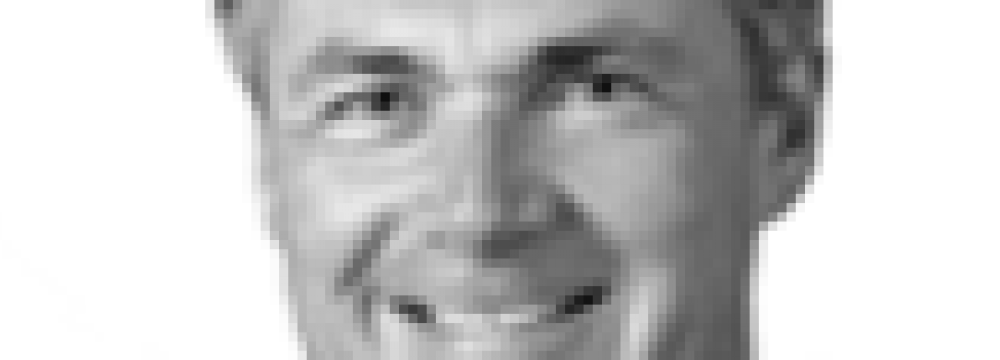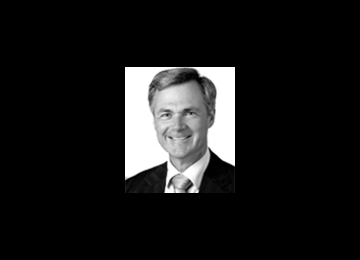When the leaders of the European Union met in Bratislava, Slovakia, on 16 September, two men and two women encapsulated its key political forces and divisions. They are Angela Merkel and Viktor Orban, Jean-Claude Juncker and Theresa May.
The face of Theresa May, Britain’s new prime minister, will not be on photographs of the summit. Her absence will signal even more strongly to other EU leaders that Europe is experiencing turbulent political times.
The political forces portrayed by these four faces are shaping a complex Europe in which international business has to find its way.
Angela Merkel, the chancellor of Germany, is the face of the strongest EU member state. She, like the EU commissioners, represents the post-national discourse that the EU member states need an ever-closer economic and security union, constituting a “moral superpower”.
Merkel has played a leading role in the EU bailouts of indebted southern European countries since the euro crisis of 2010. The bailouts occurred on condition of strict debt reduction measures. However, EU institutions have been unable to stop Greece, Spain and Portugal from violating EU rules on fiscal policy.
Meanwhile, the economic divergence between southern and northern European countries has intensified. A study by the European School of Management and Technology in Berlin concluded in 2016 that in the case of Greece these measures mainly saved the banks and other private creditors.
Further economic crises in some southern countries remain likely, especially in Portugal. Resistance to austerity conditions among voters in the south and resistance to bailout support among some voters in northern countries will reemerge and shape political careers.






